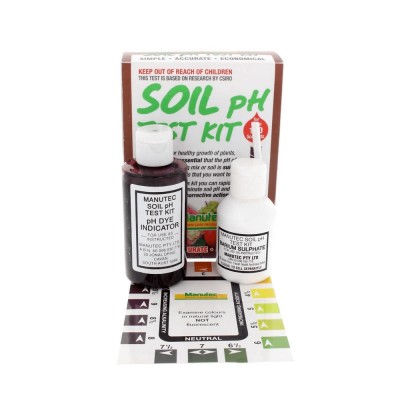The Sports Turf Research Institute (STRI) are the largest and most prestigious sports turf consultancy and research group in the world. STRI’s clients span over 50 countries throughout Europe, Asia, Africa, North and South America and they have research centres in the UK, Qatar, Hong Kong and right here in Australia. STRI specialises in sports turf research as well as delivering world famous sports tournaments including the FIFA World Cup, the English Premier League, the British Open and The Championships Wimbledon.
STRI Australia
The Australian STRI research facility is located at Redlands QLD and is led by STRI Australia research manager Carlos Sartoretto. Carlos has conducted research on a host of turf grass varieties all over the world, recently being based in Qatar in preparation for the 2022 FIFA World Cup. The STRI Australia research facility is host to a wide variety of works including product development, turf chemical testing and a selection of turf trials including a warm season lawn tennis turf variety trial on behalf of Wimbledon as well as a sports turf trial for Australian ovals and stadiums.
Couch Grass Trial
This sports turf trial is the first of its kind in Australia and sets out to test all commonly sold sports couches against each other to find their respective drought, shade and wear tolerances. The turf grass cultivars included in the trial are as follows;
- TifTuf
- Agridark
- TifSport
- Santa Ana
- Legend
- Wintergreen
- Grand Prix
- OzTuff
The trial was established in January of 2019, with 16 different replicates of each variety randomised in the trial. Each turf variety was established as sod and allowed to be in full sun to establish for a period of 6 months. After the establishment period, a rain out and shade structure was constructed over part of the trial to be able to control irrigation deficit and to mimic medium shade to best replicate a real-world scenario. A wear machine was used on part of the trial to simulate common sports field usage.
Each replicated turf layout was used to simulate different scenarios that are commonly seen on Australian sports surfaces. The trial was broken up into sections to adequately cover each scenario. Half of the trial was in full sun and half was set up in 50% shade. Each half-had sections that had consistent wear and no wear, full irrigation and deficit irrigation and a combination of each factors to ensure all basis were covered.
The below illustrates this set up;

| 50% Shade | Full Sun | ||
| No wear & Water | Wear & Water | No wear & Water | Wear & Water |
| No wear & Water | Wear & Water | No wear & Water | No wear & Water |
| No wear & Deficit | Wear & Deficit | No wear & Deficit | Wear & Deficit |
| No wear & Deficit | Wear & Deficit | No wear & Deficit | Wear & Deficit |
Carlos made data collections every 2 weeks and scored each variety on turf quality, turf colour, sward density and Normalised Differential Vegetative Index (NDVI) to totally encompass how each variety performed. Below are preliminary results from this trial, with a full report to be released and made available shortly.
NDVI
| 1. TifTuf | 0.63 |
| 2. Wintergreen | 0.57 |
| 3. Legend | 0.56 |
| 4. Grand Prix | 0.54 |
| 5. OzTuff | 0.53 |
| 6. Santa Ana | 0.47 |
| 7. TifSport | 0.47 |
| 8. Agridark | 0.47 |
Sward Density
| 1. TifTuf | 69% |
| 2. Wintergreen | 55% |
| 3. Legend | 52% |
| 4. Grand Prix | 50% |
| 5. TifSport | 47% |
| 6. Santa Ana | 45% |
| 7. OzTuff | 45% |
| 8. Agridark | 45% |
Full results available here. This trial will give unique and proper data to the sports turf managers and greenkeepers around Australia on the difference in turf grass cultivars currently available to them.


